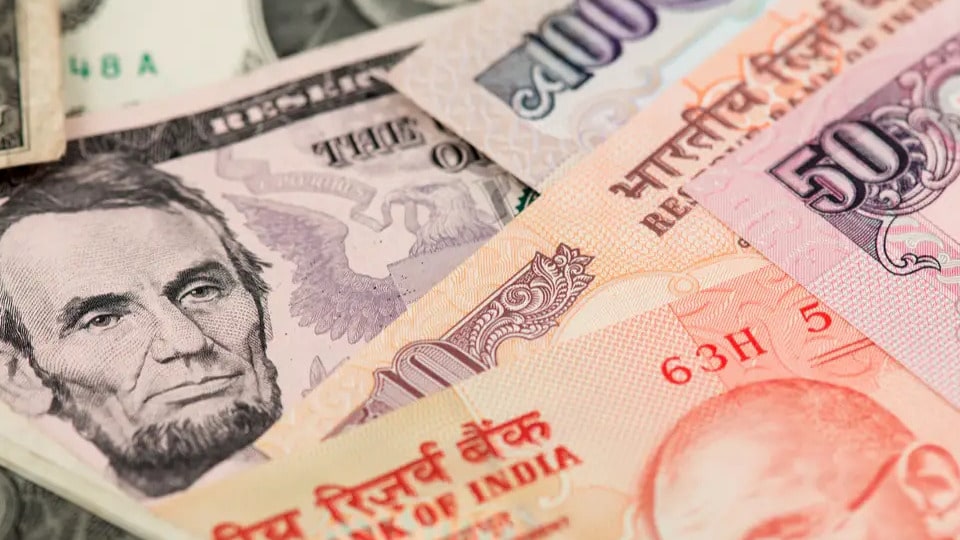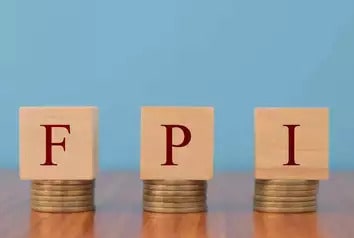The Indian rupee has marked its first weekly loss in five weeks against the US dollar, as the Federal Reserve‘s optimistic outlook for the US economy has boosted the dollar’s value. The Indian currency closed at 74.65 against the US dollar on Friday, down by 0.4% from its previous close of 74.36.
The US Federal Reserve has recently signaled its confidence in the US economy, as it expects to raise interest rates sooner than previously anticipated. The central bank’s policymakers indicated that they expect to raise interest rates twice by the end of 2023, amid growing concerns over inflation and the rapid pace of economic recovery in the US.
The US dollar has been on the rise since the Fed’s announcement, as investors bet on the strengthening of the US economy and the potential for higher interest rates. The US Dollar Index, which measures the value of the dollar against a basket of six major currencies, has risen by 1.6% since the Fed’s announcement on Wednesday.
The strengthening of the US dollar has had a negative impact on emerging market currencies, including the Indian rupee. The Indian currency had been trading in a narrow range against the US dollar in the past few weeks, as investors awaited the outcome of the Federal Reserve’s policy meeting.
The Indian rupee’s decline against the US dollar could also be attributed to the increase in crude oil prices, which could put pressure on India’s trade deficit and current account balance. Brent crude oil prices have risen by over 2% this week, amid rising demand from the US and China and concerns over supply disruptions in Iran.
Despite the recent decline, the Indian rupee has been one of the best-performing emerging market currencies this year, thanks to the country’s robust economic recovery and strong foreign portfolio inflows. The Indian economy has been showing signs of a strong recovery, as GDP growth rebounded to 1.6% in the January-March quarter, after contracting by 7.5% in the previous quarter.
India’s foreign exchange reserves have also been on the rise, reaching an all-time high of $605 billion in the week ended June 11, 2021. The country’s foreign exchange reserves have been boosted by strong foreign portfolio inflows, which have reached $38.8 billion so far this year, amid a global hunt for higher yields.
The Reserve Bank of India (RBI) has been closely monitoring the movements of the Indian rupee, as it seeks to maintain stability in the currency markets. The RBI has been intervening in the foreign exchange markets to prevent sharp movements in the rupee’s value, and has been building up its foreign exchange reserves to cushion against external shocks.
The central bank has also been implementing measures to promote the use of the rupee in international trade and investment, as part of its efforts to reduce India’s dependence on the US dollar. The RBI has been encouraging the use of the rupee in cross-border transactions, and has signed currency swap agreements with other countries to facilitate trade in local currencies.
In conclusion, the Indian rupee has marked its first weekly decline in five weeks against the US dollar, as the outlook of the Federal Reserve has boosted the dollar’s value. However, the rupee remains one of the best-performing emerging market currencies this year, thanks to India’s robust economic recovery and strong foreign portfolio inflows. The Reserve Bank of India continues to monitor the movements of the rupee and implement measures to maintain stability in the currency markets. Looking ahead, if the US Fed’s policy stance accommodative, we may see further appreciation of the dollar and continued volatility in the Indian rupee. Overall, the outlook appears positive for India’s economy and currency market.
The Reserve Bank of India has already taken action by increasing interest rates to contain inflationary pressure from rising commodity prices.










